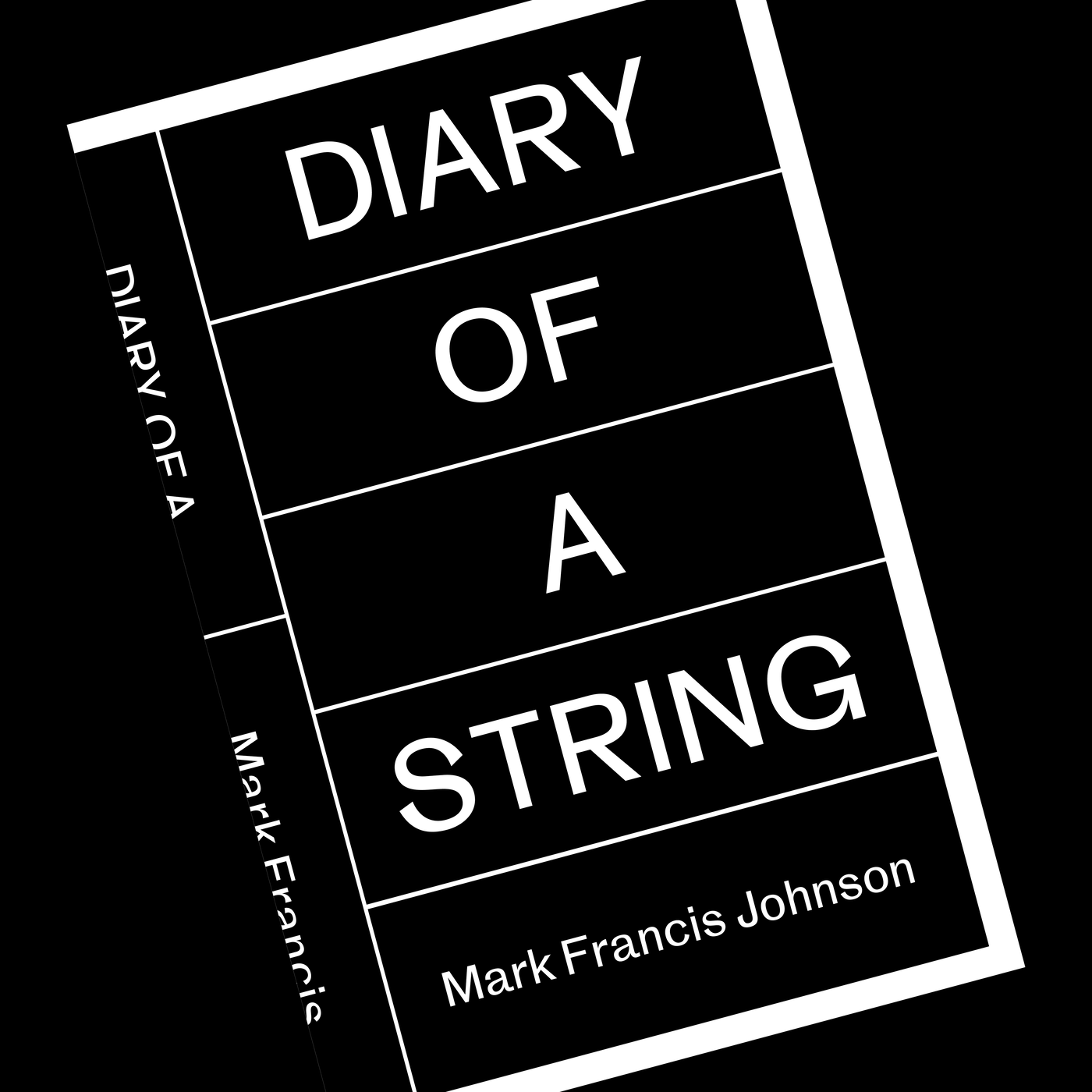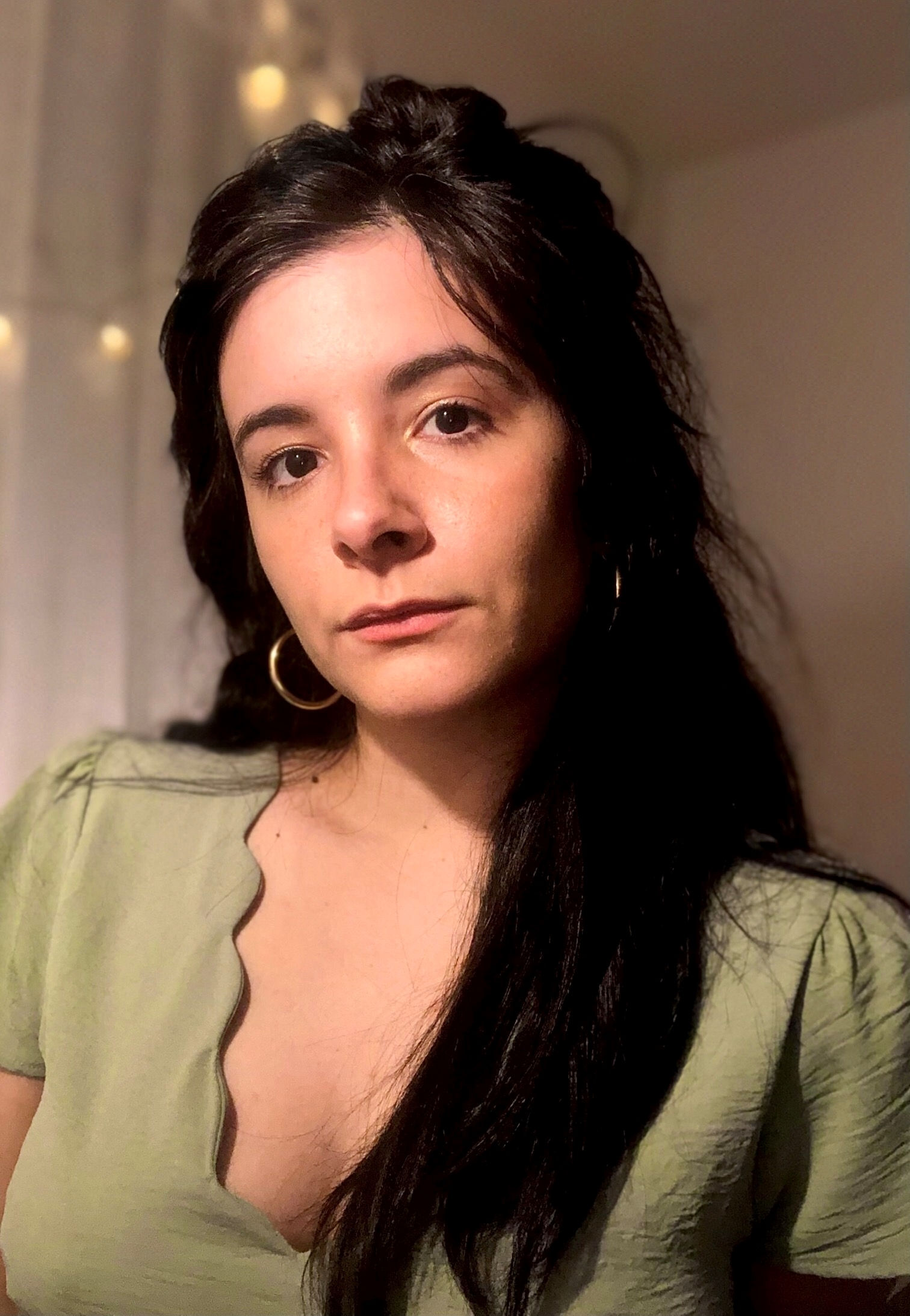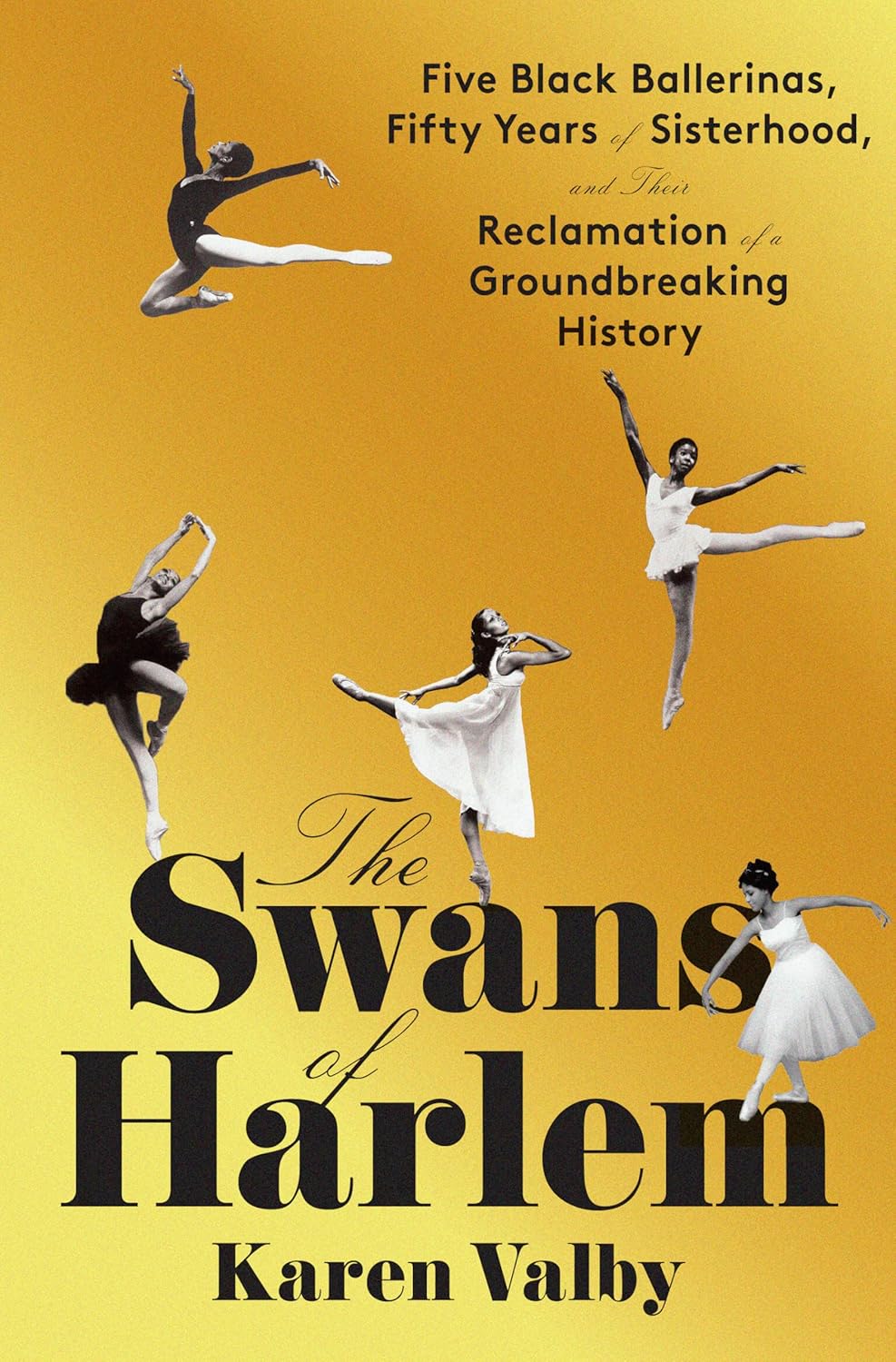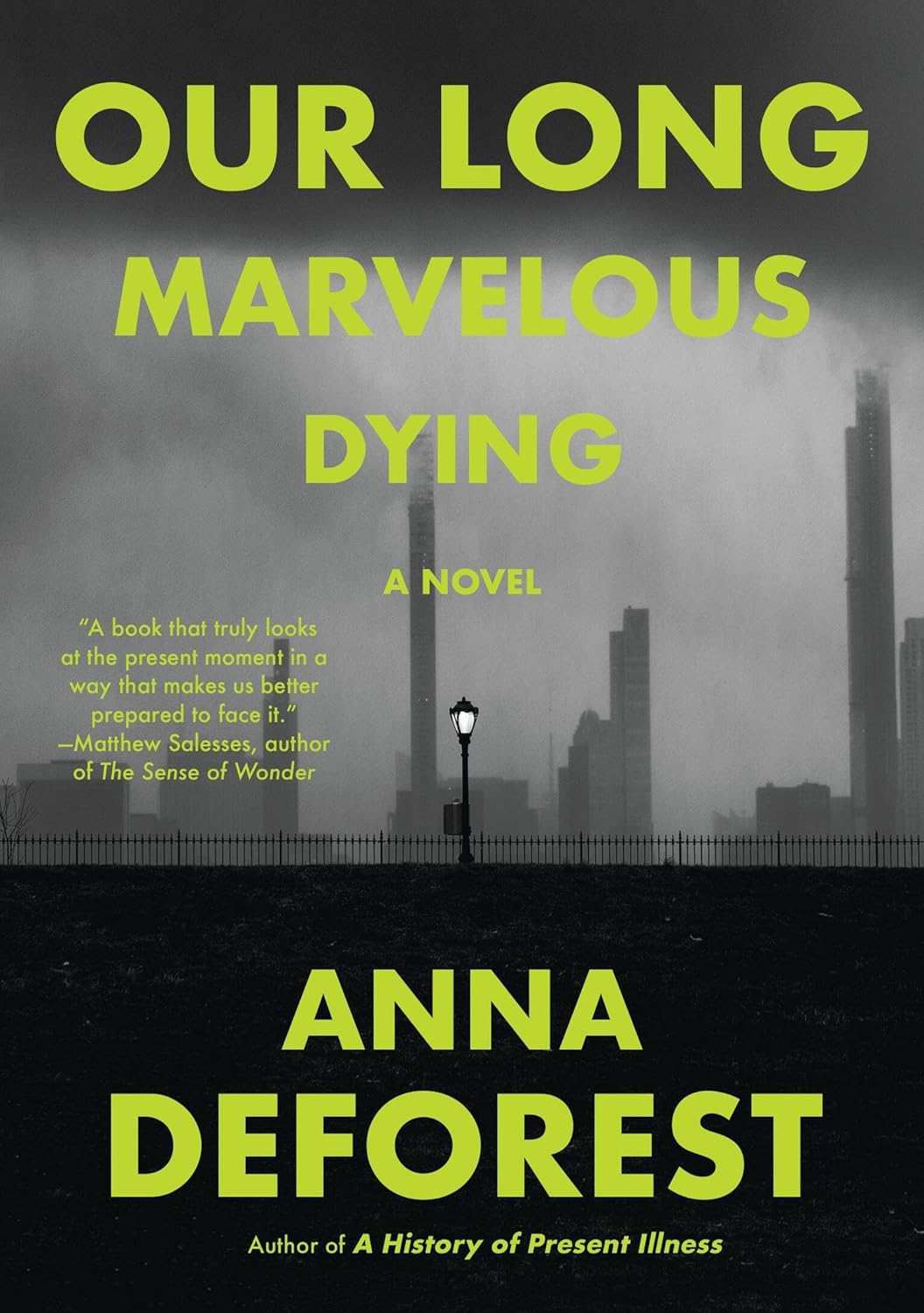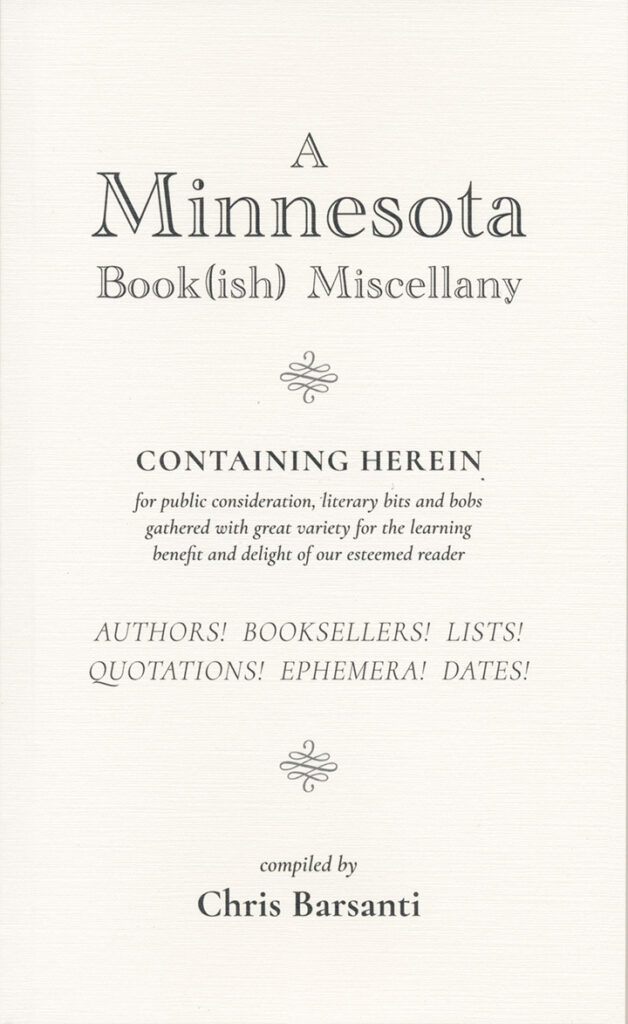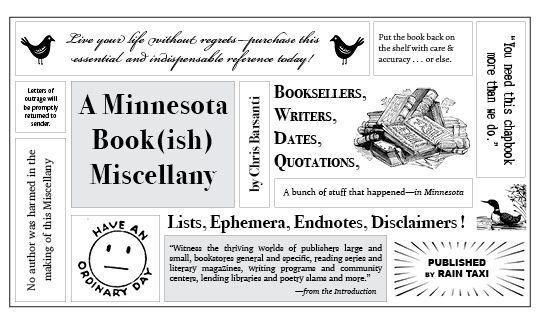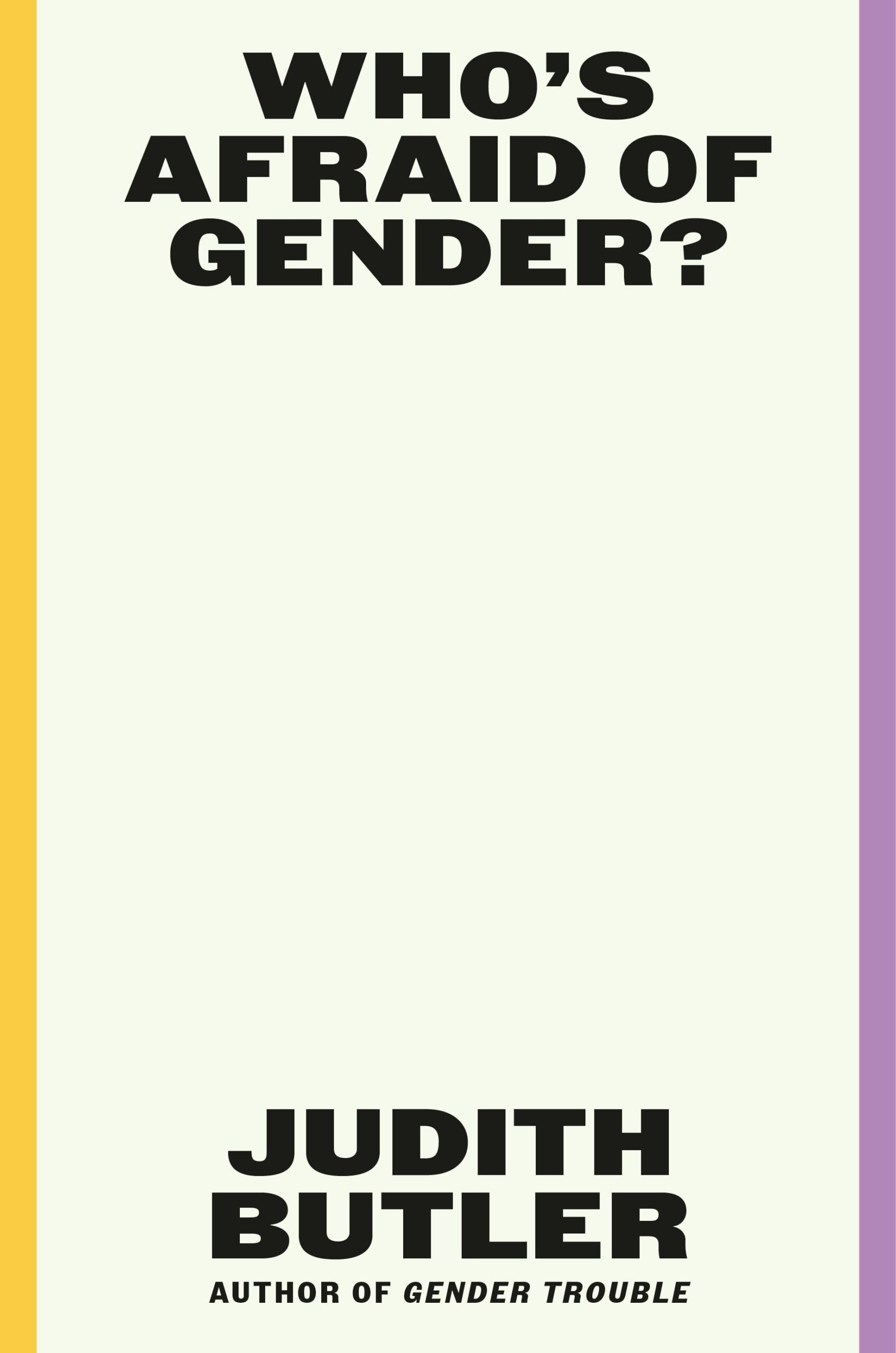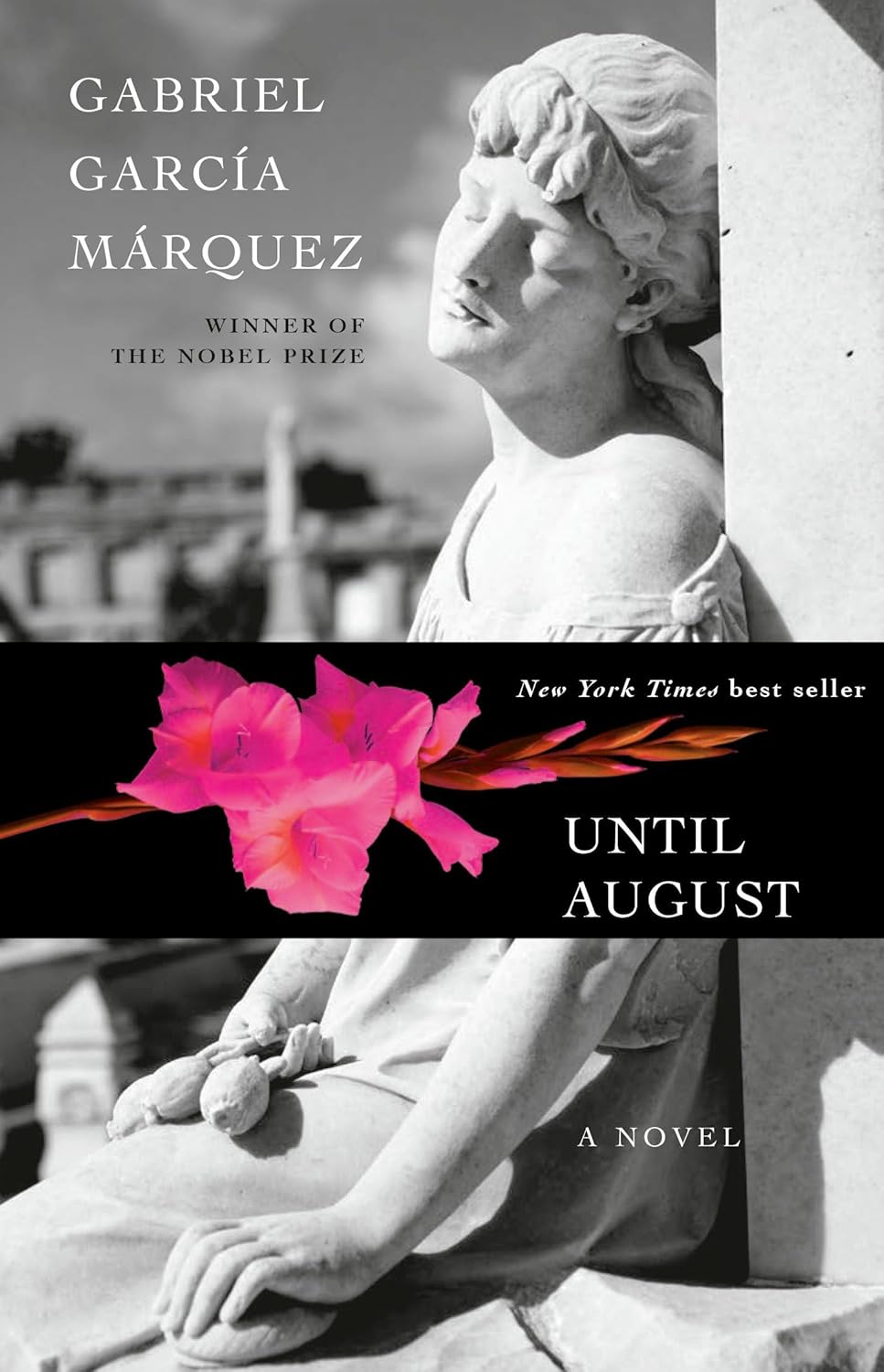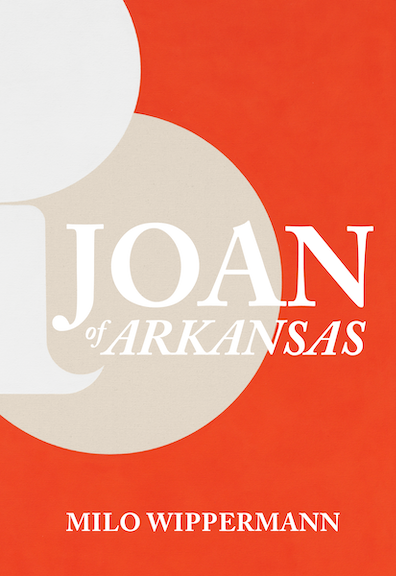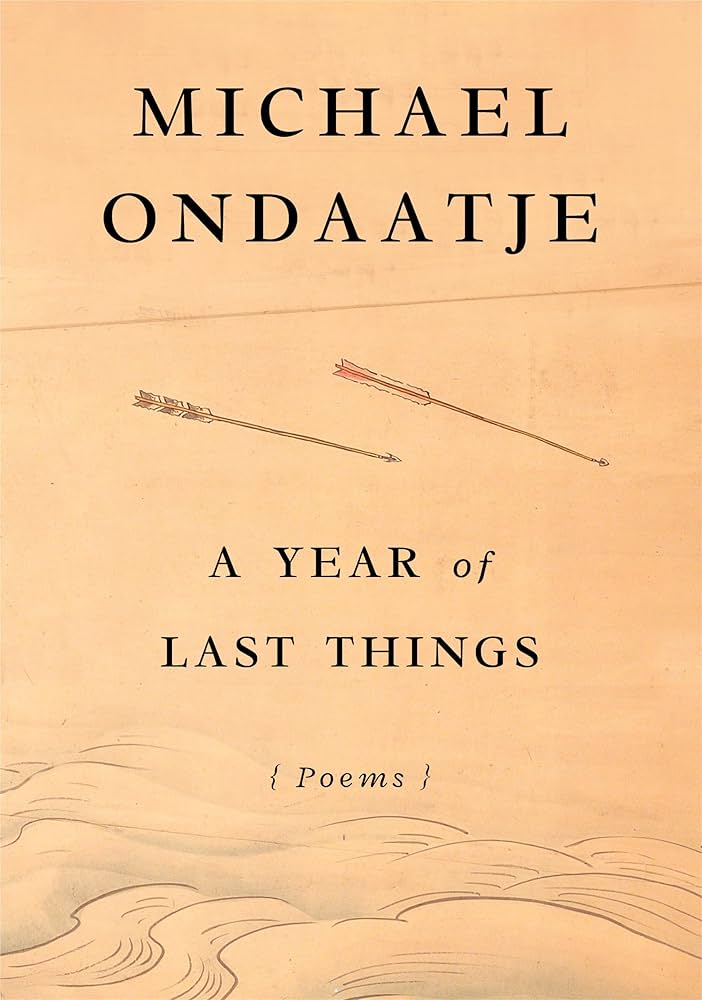by Erik Noonan
In her debut work of creative nonfiction, The Hurricane Book: A Lyric History (Rose Metal Press, $15.95), poet Claudia Acevedo-Quiñones takes the reader on a trip into two of the oldest forms of art—history and lyric—and combines them in a new way. The book’s subtitle might even describe a genre of its own, one that asks: What if your personal history weren’t only yours, but other people’s too?
The element missing from history, the self, is what the lyric is all about—even though lyric isn’t really any more personal than history. After all, the most intimate areas of life aren’t ours alone, but are experienced by many in ways that seem nearly universal. And yet the lyric creates a space for emotion and imagination, as history typically doesn’t. For example, when the poet Sappho writes, “If I look at you even for a moment, / my tongue stops moving and I can’t speak anymore,” whose gaze is it that looks back at the reader? The image is singular, but it’s no longer specific.
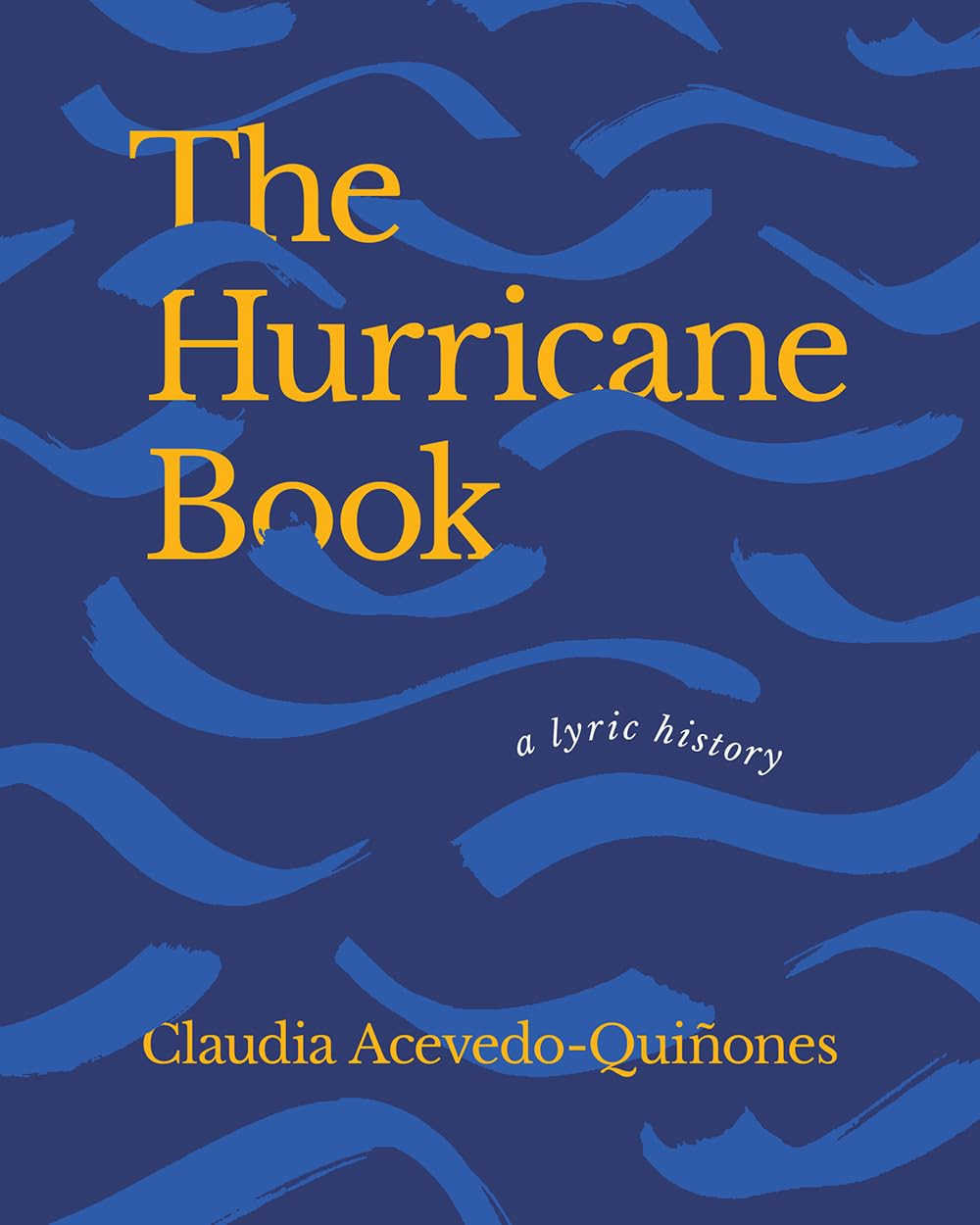
The Hurricane Book is therefore about Acevedo-Quiñones’s life, but it’s also about the lives of her forebears and family members, along with the history, politics, and culture of Puerto Rico. The book is organized in six parts, all named for hurricanes that struck the island. Each of the first three parts opens with a family tree, followed by a section titled “Historical Notes”; in the next three parts, the family trees are absent. The first three parts present bits of lore, memories, and hearsay about elder family members, while the rest present a fragmentary account of the author’s childhood, adolescence, and entry into adulthood. The Historical Notes consist of statistics and dates, but they are arranged so as to trace Puerto Rico’s trajectory from Spanish colony to United States commonwealth. The data themselves focus on disenfranchisement, the unequal share of resources, cycles of exploitation and neglect, insults in the media, and mass emigration—but also on the concomitant popular movements to resist and campaign either for statehood or independence and self-rule.
The structure of The Hurricane Book thus links Puerto Rico’s destiny and the author’s. The hurricanes serve as a metaphor for the tempestuous living conditions of the Puerto Rican people, and the conditions of the author as an instance of that populace (“a facsimile of a facsimile of a facsimile,” as Acevedo-Quiñones says). Storms are often used to convey meaning in literature—readers might recall Shakespeare’s The Tempest, Montale’s The Storm and Other Poems, the thunderclap in Joyce’s Finnegans Wake, or the meteorological opening lines of Robert Musil’s The Man Without Qualities—and here they are an especially apt figure for Acevedo-Quiñones’s twenties. She spent these years “acting out scenes” in which “the drinking and the pills and the not eating” could only drag out “the feeling that I am not a good enough reason to get healthy.” As she reaches “an understanding that we all do what we can to hold still in the thrashing,” her recovery comes closer to the center of her being than her malaise ever did.
The style of Acevedo-Quiñones’s autobiographical sections is laconic in the extreme; one can feel the burden of history in every utterance, what it costs the speaker of so many historical lines about her community to say a few lyrical lines on her own behalf. “Like many people in their early twenties who have time to examine their feelings, I was confused and afraid,” Acevedo-Quiñones writes, and pretty much leaves it at that. Her direct prose offers a bracing sort of pleasure, although there are poetic flourishes as well—“If I was a house, I was a crumbling one, gothic-style, with a woman in the attic waiting to set fire to it all”—and when Acevedo-Quiñones writes in verse in The Hurricane Book, the emotions strike with gale force:
did you wonder
as you rocked me sleepless
through the ache
in indefinite darkness
what good a storm window was
when the rain came from inside
Acevedo-Quiñones received an MFA from Stony Brook University in 2019; in 2021, her poetry chapbook Bedroom Pop was published by dancing girl press, and in 2022, she was awarded a Letras Boricuas Fellowship by the Flamboyán Arts Fund and the Mellon Foundation. She lives in Upstate New York; we conducted this interview on Halloween of 2023, shortly after The Hurricane Book was released.
Erik Noonan: How are things going, Claudia?
Claudia Acevedo-Quiñones: I work a nine-to-five job laying out puzzles and Highlights magazines. I haven’t talked to anyone all day. I do book events, where I talk about things that frighten me. Then I’m back to Farting Cats, Volume Six. It’s a little jarring.
EN: Hopefully it will be less jarring to talk about The Hurricane Book. In the Author’s Note, you tell us that prose didn’t come easily to you. Your book is “a lyric history” but the language is exact, and the style is plain.
CA-Q: Right—I shy away from the figurative. I’m a literal person; I actually didn’t want “lyric” in the title, but the publisher wanted the subtitle to be “a history,” and because I felt uncomfortable with that—I’m not a historian, I’m not a journalist, I don’t know anything—they told me we could call it “a lyric history,” since there are poems in the book. That’s why those words are there.
EN: The paragraphs in this book are small, hard, and clear—like the diamonds your Beba hid from your father so that a nurse could put them in your ears after you were born. The form of your book reflects the facets of your life.
CA-Q: The only thing I was sure of when I started writing this was that I wanted it to be as direct and unadorned as possible. It ended up being formatted the way it is because I built on it. I actually started it in 2009 as a fictionalized version of my ancestors’ immigration from Spain in the 1600s. Then in graduate school I wrote a series of hurricane poems. Later I took a workshop where we only wrote fragments; my fragments ended up being connected to the hurricane poems because all I could think about was hurricanes.
Later that year (2017), I started writing the book in earnest. I didn’t intend it to look a certain way, and I didn’t have a final structure until shortly before it was published. I printed everything out and laid it out on the ground and saw how the pieces fit together. The bullet points at the beginning of each section didn’t come about until the end.
I felt uncomfortable calling the first draft a memoir, a biography, or a history. The only thing that kept me grounded was my habit of contextualizing everything I write—I’m insecure and anxious by nature, and I feel as if I need to justify everything. When there’s no truth in what I write that involves other people, then at least I can give you some information. If you don’t get anything else out of the book, or if you think I’m a liar, then you know that much is true. It wasn’t an aesthetic move. It was a matter of covering my tracks. I didn’t embellish.
EN: You explore your relationships with your uncles, father, and grandfather; later in the book, the sections “Keepsakes” and “Passenger Seat” deal with your mother. These parts show you at your most vulnerable. What was it like to write them?
CA-Q: Those two sections were the most difficult to write. My mother is the only person in the book I have a relationship with; the others are dead or I’m estranged from them. My relationship with my mother has been untraditional. I’ve always felt a sense of responsibility towards her, which is common among children of parents with substance abuse and mental health issues. It felt necessary for me to write about because it shapes who I am. But I was also trying to protect her.
While I was writing the autobiographical fragments, I struggled with my conflicting needs: to say and not say. Keeping secrets and staying quiet about certain things has protected me and others. I wrote down everything I knew, then edited. There are things I didn’t keep because I didn’t think they were necessary; it would have been cheap to use them. But I still revealed a lot, and that was difficult, because I didn’t talk to any close family members or friends about this stuff. My mother is the only person I had serious conversations with as I was writing: I asked her about her experience in mental institutions, and I asked her about her relationship with my father. Even though she gave me permission to write about these things, I don’t think she’s aware of how much detail is in the book, or how much I left out. I’m not sure how that comes across to her.
So I’m glad you pointed out those sections as seeming more vulnerable; they felt different as I wrote them. It feels strange to be so naked and concrete; I don’t have poetry to protect me. In a poem you can be direct and autobiographical, and people will still react as if the “I” of the poem were a convention—“the speaker,” a character, rather than you yourself. There’s something about the lines and stanzas in a poem that protects the writer. The person who wrote this book—I don’t know her. I don’t think I could do this again.
EN: Do you think the truth-telling in The Hurricane Book will have consequences for you?
CA-Q: I agonized over it for three years, ever since Rose Metal Press picked up the book. The manuscript I sent them was actually fifty pages shorter; I’d already taken out a lot of the material they asked me to add.
EN: Did they know?
CA-Q: No, but they wanted all the things I’d removed.
EN: They wanted you to trust your instincts.
CA-Q: Right, and that’s cool. It was scary. Most of the conversations I have about this book are focused on fear—I’m afraid of what people I’m no longer in touch with will say or do. But a lot of this process has been a matter of relinquishing control; I can’t decide how other people feel about it. I can’t manage what they do or dictate what they say. Some of my family members are writers, columnists, people who have a platform, and I have no idea how they’ll react. I’m confident I strove to be as generous and honest as I could. I hope I’m portraying people, not good people or bad people.
EN: So much for fear. What about courage?
CA-Q: I dedicated the book to my grandparents and my mother, and I included the saying con las tripas en la mano, which is something my grandpa used to say. The literal translation is with my guts in my hand. Whenever I was nervous about speaking in public, or anything scary I had to do, he would say, “Do it with your guts in your hand.” Meaning even if your innards are spilling out, keep going. That’s courage.
EN: You started life as a hydrophobe.
CA-Q: Yes. Now I love water.
EN: At the conclusion of a section about childhood, your stepmother is bathing you, and she says, “You’re fine, water”—
CA-Q: —“won’t kill you.”
EN: It’s powerful.
CA-Q: Stopping with no explanation gives it a certain weight, even if I don’t mean anything else.
EN: If your family members talked to you about the book, what would they say?
CA-Q: I would expect the ghost of my grandfather to ask me about royalties and say he doesn’t care about the rest. “What did you get paid for the job?”
My grandmother would make sure the names had been changed, and she would buy ten copies, and not read it, which I would be grateful for.
I can see my father writing a long essay to tell his side of the story and contest what I’ve set down. It’s hard to imagine. Today is Halloween; I feel like I’m trying to be a medium that can channel the living, because I haven’t involved them in the process.
EN: You write, “Secrets are our family members too.” What’s the opposite of a secret?
CA-Q: Common lived experience. Whatever is the case on the surface. No, I can provide a more articulate answer: I think the opposite of secrecy consists in the everyday. What you count on, what you live with. It’s knowing who a person is, the way their shoes sound, the cadence of their steps. Knowing what someone’s going to cook that day. It’s the expected, what doesn’t surprise us. The happiest periods in my life have been the ones when nothing took me by surprise. Secrets were all around, but I wasn’t aware things were hidden from me. I don’t come from a place where we talk about what bothers us.
I don’t know. I’m speaking to you right now, but I’m in my grandmother’s closet. That’s what I’m picturing.
EN: What else is in there?
CA-Q: Photo albums, wigs, pearls, and sewing kits.
EN: Did you take any of those with you?
CA-Q: I did not. My cousin got them. I got a lot of the photos, though.
EN: You write “A father is a legend.” [41] What is a mother?
CA-Q: A mother is a legend too, but instead of Odysseus, she’s Penelope. She stays behind, fends off the suitors, and takes care of the child, who also wants to leave. She does all this while working at her loom. They’re both legends, but they represent different archetypes.
EN: As a younger person, you liked Operation Ivy and Bright Eyes. Who else?
CA-Q: I went to punk shows and became friends with my stepbrother’s friends, who were into music and played in bands. They introduced me to a lot. That was the time of Dashboard Confessional, Yo La Tengo, Fiona, Tori, and PJ. Lilith Fair vibes. Also Iggy Pop and Television. I still love them. I moved to New York because I watched a documentary about 1977 that featured Television and I thought their music was incredible, I’d never heard anything like it. They’re still one of my favorites to play on the jukebox, because they have fourteen-minute songs.
EN: How about poets?
CA-Q: Elizabeth Bishop. She only published a hundred poems; I can relate to playing your cards close to your chest. Louise Glück. Natalie Diaz. I love economy, control, and space.
EN: Do you read Puerto Rican poets?
CA-Q: I’ve been wanting to, because I feel removed from Puerto Rican literature—I’m stuck in the Nuyorican Poets Café. Most of the Puerto Rican authors I think about are the ones I read in school. I wasn’t thinking about them as I was writing this book; they’ve come to me after the fact. When Hurricane Maria passed through, my cousin sent me books by Puerto Rican authors—my uncle helps run a press, and I know indie presses are publishing a lot there—but I’m not very aware of what’s going on right now. I’m getting back into it, but I feel like I should have been doing this the whole time. I do think Puerto Rican poetry seeps into all aspects of my life as a reader and writer.
EN: Do immigrants give their culture to their children, or does it get lost?
CA-Q: I think the second generation is different. I don’t have children, so I’m experiencing the phenomenon that second generation kids undergo: trying to regain, or get reacquainted with, certain aspects of their parents’ culture. You see people who grew up in homes where mainly English was spoken saying later in life, “Wait, I’m also from this other place.” They reclaim parts of themselves that their parents didn’t—how do you say it?—inculcar.
EN: Inculcate. I think it’s a cognate.
CA-Q: Yes, inculcate. So a lot of this experience is a matter of trying to bridge a gap. There’s a difference between people who put a barrier between themselves and the place they’re from because they want to, and those who have no choice, who grow up in the next generation. This can be especially confusing when one is Puerto Rican, because technically I’m not an immigrant—geographically I am, but I’m a U.S. citizen. My leaving the island means I can vote in a presidential election, whereas I couldn’t when I lived there. I can now develop the half of myself that liked Operation Ivy and Bright Eyes. I’m all over the place with this.
EN: Maybe “all over the place” is the place to be. The Hurricane Book deals with Puerto Rican people’s views on the question of independence. Did you think about invisibility while you were writing it?
CA-Q: Yes, a lot. My job was to bring to light the things I had kept hidden, as well as aspects of the relationship between the U.S. and Puerto Rico that I was not even familiar with because of the barrier I put between myself and the island, and the barrier that stands between the U.S. media and the Puerto Rican media, and the things that are hidden from Puerto Ricans by the Puerto Rican government and the Puerto Rican media. There are all these layers, all these degrees, of invisibility.
As I wrote this book, I realized I was in the dark about so much—something as simple as the names of five Puerto Rican poets working right now. I don’t know what’s going on on the island, and I don’t know if it’s because of the geographical distance, but I want to find out. There’s a part of me that’s still there, and I don’t want to let it go.
I’ve also been thinking about how invisibility has helped the status quo—how it has kept communities in need from receiving aid in a timely manner, or receiving aid at all. The fact that water and food sat abandoned in a field because no one knew where to send them; the fact that people had to write “help me” on their roofs because there was no way for them to go anywhere; the fact that an island measuring a hundred miles by thirty-five miles couldn’t get electricity for a year—all this is horrifying.
If invisibility weren’t so essential, things might have turned out differently. I recently saw pictures of the Puerto Rican governor laughing as he looked at a parking lot full of trucks loaded with bodies being taken to the morgue, cracking jokes about how the corpses smelled . . . and this is while he was claiming that not a lot of people had died. If more people had seen those pictures, maybe they would have voted for the progressive candidate. But that’s the governor of Puerto Rico, a Republican. Most of Puerto Rico is Republican, which is crazy, because they can’t vote for the president, and their one representative can’t either.
EN: You write, “I became synonymous with leaving.” [56] What would be the antonym?
CA-Q: Good. I would be a good daughter, a good citizen, a good granddaughter. My leaving was a betrayal, even though my family was supportive of my move to the States.
EN: Is it really called vendepatria? Did your father say that to you seriously?
CA-Q: Yes. It was a judgment, and it was a joke. But now the number of people I speak to in Spanish is limited to one, because of the barriers I’ve put between me and one side of my family. Here in the United States I have Puerto Rican friends, but a lot of them speak Spanglish. I’ve lost language every single day, and I don’t feel capable of writing in Spanish, because I spent so much of my early years in the U.S. trying to assimilate, trying to change the way I wrote.
Writing in Spanish is different. My high school essays and short stories were florid, baroque; there was a music to them. I would take my time. I snapped out of it when I got here, however, so I’ve been writing this way for half my life now. I don’t even dream in Spanish anymore. No one tells me it’s shameful, but that’s the way I feel. I was a different person back then. Plus, I’m by myself. It would be different if I had moved here with a family—my mother, both parents, or a sibling. My sister moved to the United States and she and I speak English, even though she doesn’t speak English with her family.
EN: It seems like there’s more opportunity to publish multilingual writing these days.
CA-Q: There’s so much opportunity. I’m trying to figure out why I don’t write in Spanish. What am I afraid of? Is it that I think I’m not allowed, that I’ve lost the privilege? This is a fight I’m having with myself. I am speaking the language of the colonizer, the people who invaded, but in this way I resemble my grandfather; he was in the nationalist party, but he was also in the U.S. Army. We live a contradiction. It’s a very strange experience, because you have access to both. It’s hard to live in both.
EN: Some writers who use different languages respect writers who use English. Some oppose English, and/or quit using English, and switch to their first language. Or all of these, or none.
CA-Q: I don’t know if I can write in Spanish the way I do in English. I haven’t tried. But life is long.
